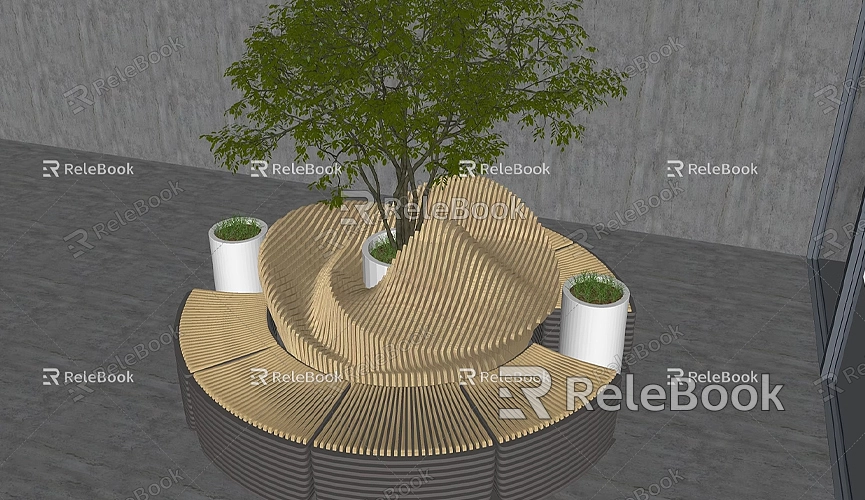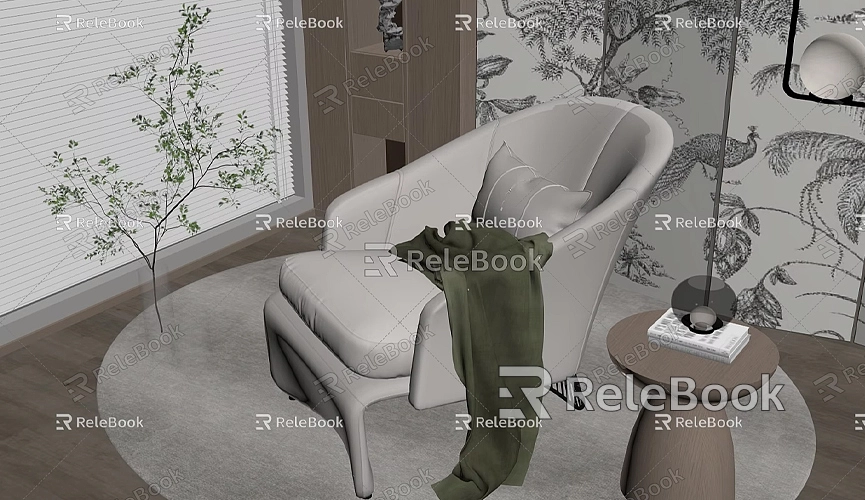How to export sketchup model from revit
In the fields of architectural design and engineering drafting, Revit and SketchUp are two highly popular modeling tools, each with its unique features. Revit holds a significant position in the industry due to its powerful Building Information Modeling (BIM) capabilities, while SketchUp is widely favored for its user-friendly interface and flexible 3D modeling capabilities. Many designers need to export models from Revit to SketchUp for more flexible design and visualization. This article will explore the detailed steps for exporting a SketchUp model from Revit and share some key points and tips to keep in mind during the process.
Understanding File Formats and Compatibility
Before starting the export process, it’s crucial to understand the compatibility of file formats between Revit and SketchUp. Revit's native file format is RVT, while SketchUp uses the SKP format. To import a Revit model into SketchUp, it usually needs to go through an intermediate file format, such as DWG or DXF. These formats effectively facilitate data transfer between Revit and SketchUp.

Familiarity with the characteristics of different file formats can help you make informed decisions during export. For example, the DWG format tends to retain model detail better and is suitable for exporting complex models, while the DXF format is more appropriate for simple data exchanges. When deciding which format to use, it’s vital to consider the specific needs of the project and the intended outcome.
Preparing the Revit Model
Before exporting the model, ensuring that it is ready in Revit is essential. First, carefully check all details of the model to make sure there are no extraneous elements or unnecessary details. Use Revit’s view filters to hide any layers that do not need to be exported, simplifying the exported model and enhancing readability in SketchUp.
Properly organizing the model is equally important. Categorizing different parts of the model and assigning appropriate layers not only facilitates a smoother export process but also improves model management in SketchUp. Utilizing Revit’s Family feature to organize components is a highly effective strategy, making it easier to select the desired elements during export.
During preparation, designers should also consider potential future modification needs. Simplifying the model's complexity and avoiding the export of unnecessary details will help in making quicker edits and modifications in SketchUp.
Exporting DWG or DXF Format from Revit
Once the preparation is complete, the next task is to export the model. In Revit, click on the File menu and select the Export option. Within the export menu, you will see multiple file format options, including DWG and DXF. Choose the format that best fits the project requirements, typically recommending the DWG format for its ability to retain more model details.
In the export settings, there are several key aspects to pay attention to. First is the unit settings; ensure that you select the same units as in the Revit model, such as meters or millimeters, to avoid dimension distortion when importing into SketchUp. Additionally, in the export settings, you can choose to export layers and views, which will help in correctly recognizing and managing different components in SketchUp. Make thoughtful choices regarding graphical options, determining whether to export annotations and dimensions to ensure the model's integrity after import.
After completing all settings, select a save location for the file and name it. Click export, and Revit will begin the export process. Depending on the complexity of the model, this process may take some time. During the export, consider scheduling tasks for other projects to make effective use of your time.
Importing DWG or DXF Files into SketchUp
Once the model is exported, you can import the newly generated DWG or DXF file into SketchUp. Open SketchUp, select the File menu, and then click Import. In the import dialog, locate and select the exported DWG or DXF file.
During the import process, ensure that you select the correct unit settings. This step is crucial, as incorrect unit settings can lead to inaccurate model display in SketchUp. If you notice a unit discrepancy during import, you can adjust the settings accordingly. After importing, SketchUp will convert the elements from the DWG or DXF file into corresponding SketchUp components, allowing for further editing and manipulation.

Correcting and Optimizing the Model
After import, it is typically necessary to correct and optimize the model. This includes adjusting the model's position, scale, and details. Check the size and position of each component to ensure they display as intended in SketchUp.
If the imported model is too complex, consider simplifying it. Removing unnecessary details or merging similar components can improve SketchUp's performance. Using SketchUp's layer management feature to assign different elements to different layers can also be very effective for subsequent editing and management.
During the correction process, designers may also consider adding some visual enhancements to improve the model's expressiveness. For instance, using SketchUp's materials tool to apply different material effects to the model or adding background images can make the presentation of the model more appealing.
Common Issues and Solutions
During the export process from Revit to SketchUp, designers may encounter some common issues. For instance, if the model’s proportions are distorted after import, it is often due to improper unit settings during export. To avoid this, it is advisable to meticulously check unit settings at every step of the export and import process to ensure consistency.
Another common issue is that certain details in the model may be missing after import. This could be due to not properly selecting the elements to export in Revit. Thus, it’s essential to ensure that all necessary layers and views are selected in the export settings. Additionally, using view filters in Revit to hide unnecessary elements can help avoid clutter during export.
Designers should also be mindful of compatibility issues between different versions of Revit and SketchUp. When exporting, it is best to use more universal file formats to reduce potential compatibility problems when converting between different software.
Leveraging External Resources to Enhance Design Quality
When modeling in SketchUp, high-quality 3D resources are vital for enhancing design effectiveness. Designers can access premium 3D models and textures from various online platforms. For example, if you need high-quality 3D textures and HDRI for creating models and virtual scenes, you can download them for free from [https://textures.relebook.com/](https://textures.relebook.com/). If you need exquisite 3D models, you can download them from [https://3dmodels.relebook.com/](https://3dmodels.relebook.com/). Relebook offers a vast array of high-quality 3D resources, helping designers gain more inspiration and options for their projects, further enhancing the professionalism and visual impact of their designs.
By utilizing these high-quality resources, designers can not only save time but also elevate the overall visual quality of their projects, resulting in more outstanding final designs.
Future Trends and Technological Developments
With the continuous advancement of architectural design software technology, more new tools that integrate advanced technologies may emerge in the future. The introduction of cloud computing and virtual reality technologies could transform the way designers work, improving collaboration and visualization outcomes. Therefore, designers should stay updated on industry trends and continuously update their skills to adapt to the rapidly changing technological environment.
Many emerging tools and technologies provide designers with more options, making workflows between Revit and SketchUp more efficient and convenient. Designers should explore these new tools to better enhance their workflow efficiency and design quality.
Exporting from Revit to SketchUp is a crucial step in the architectural design process. By preparing appropriately, setting accurate export configurations, and making careful adjustments afterward, designers can ensure that the dimensions and details of the model remain accurate after import. This not only enhances design efficiency but also improves the quality of the final presentation.
Throughout the process, understanding the importance of file formats and unit settings, mastering techniques to resolve common issues, and utilizing external resources to enhance design quality are key elements that designers need to grasp. We hope this article helps you smoothly complete the export from Revit to SketchUp and create more exceptional design works.

